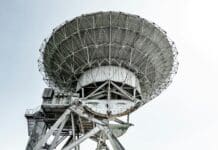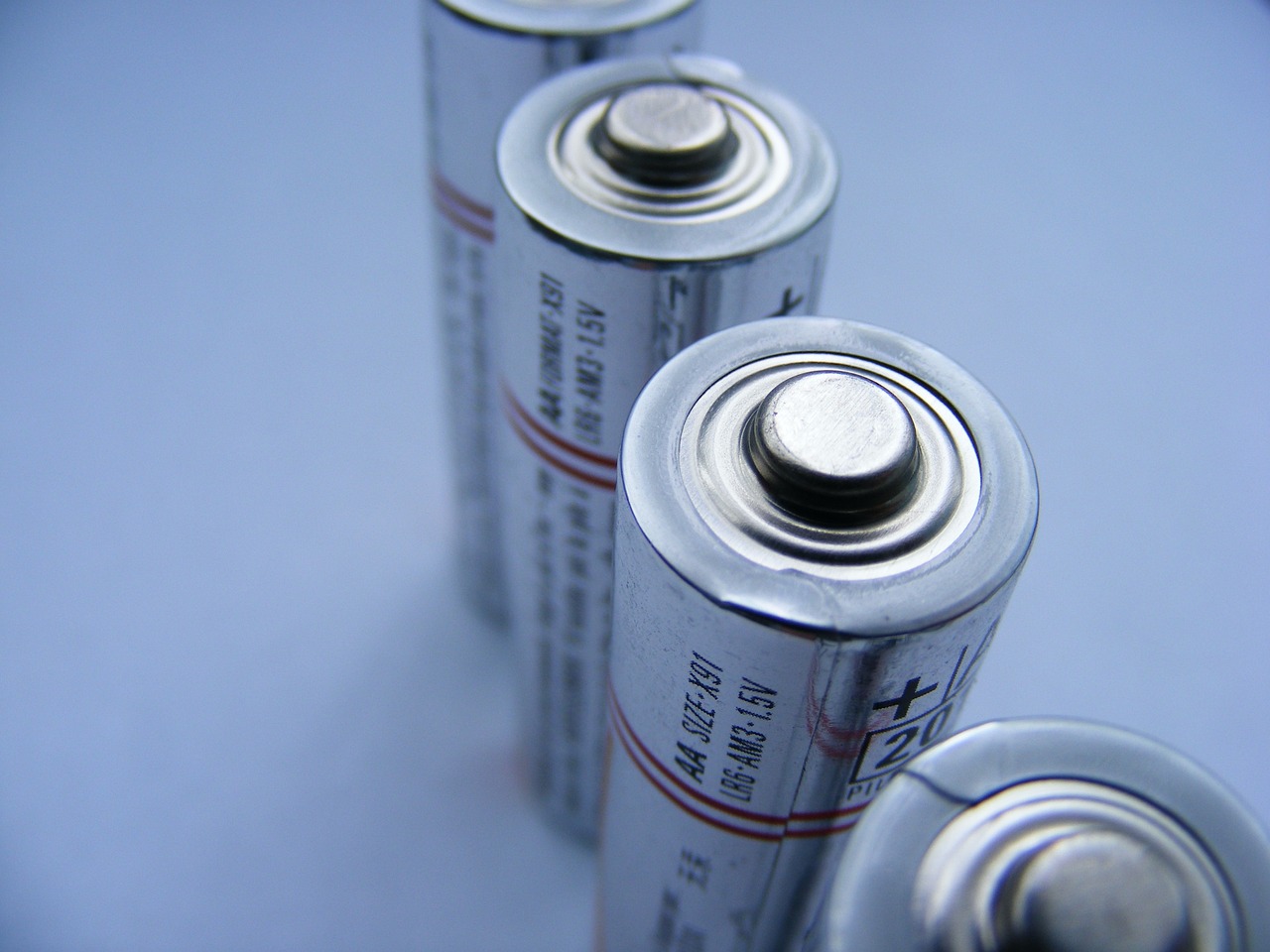This post is also available in:
 עברית (Hebrew)
עברית (Hebrew)
The U.S. Naval Research Laboratory (NRL) has completed the development of a spaceflight-qualified robotic suite designed to repair satellites in orbit. This innovation, funded by the Defense Advanced Research Projects Agency (DARPA), marks a significant step toward the future of on-orbit servicing.
The robotic system, known as the Robotic Servicing of Geosynchronous Satellites (RSGS) Integrated Robotic Payload (IRP), consists of two large robotic arms that will be integrated with Northrop Grumman’s Mission Robotics Vehicle (MRV) spacecraft bus. Once operational, this robotic payload will be capable of performing critical tasks on satellites located in geosynchronous orbit, approximately 35,405 km above Earth. This orbit is home to many of the satellites that power essential services such as communications, weather monitoring, national security, and military operations.
Satellites in geostationary orbit face many challenges after years in space, such as fuel depletion and electronic degradation. Traditionally, these satellites are equipped with redundant systems to mitigate these issues, but this increases their cost, weight, and complexity. The ability to repair and upgrade satellites in space could significantly extend their lifespans and reduce the need for costly new launches. All of these have far-reaching implications for both national security and civil applications.
The system has already undergone rigorous testing, including thermal vacuum testing, which warrants it can withstand the harsh conditions of space, including vacuum, radiation and extreme temperatures. The robotic arms have been tested for functionality such as deployment, calibration, and tool changing.
The RSGS technology could not only extend the lifespans of valuable satellites but also pave the way for future space-based construction, such as building observatories and solar power stations, according to Interesting Engineering. The Northrop Grumman MRV, with the robotic payload, is expected to launch in 2026, bringing us closer to a future where satellites can be serviced and repaired in orbit.


























